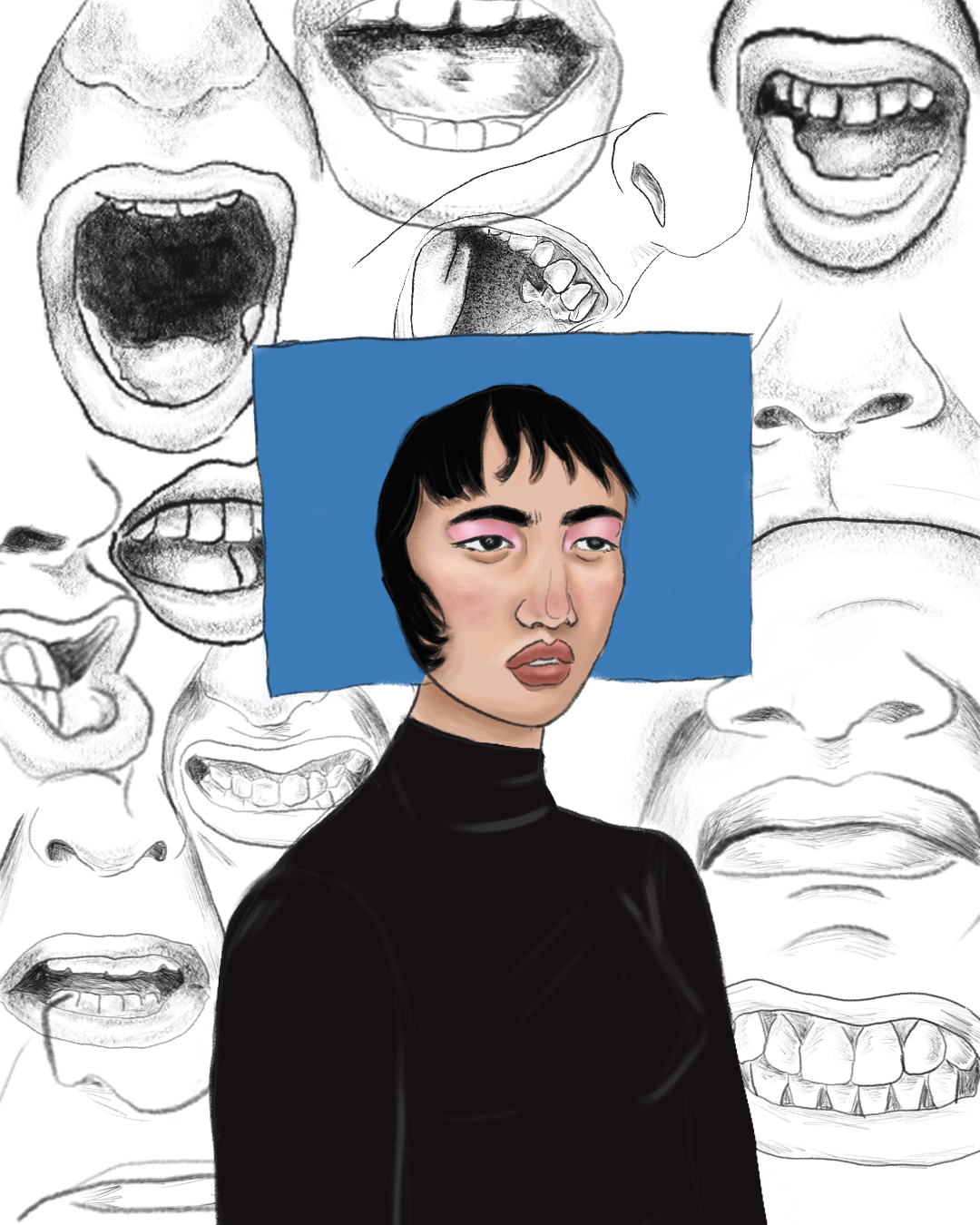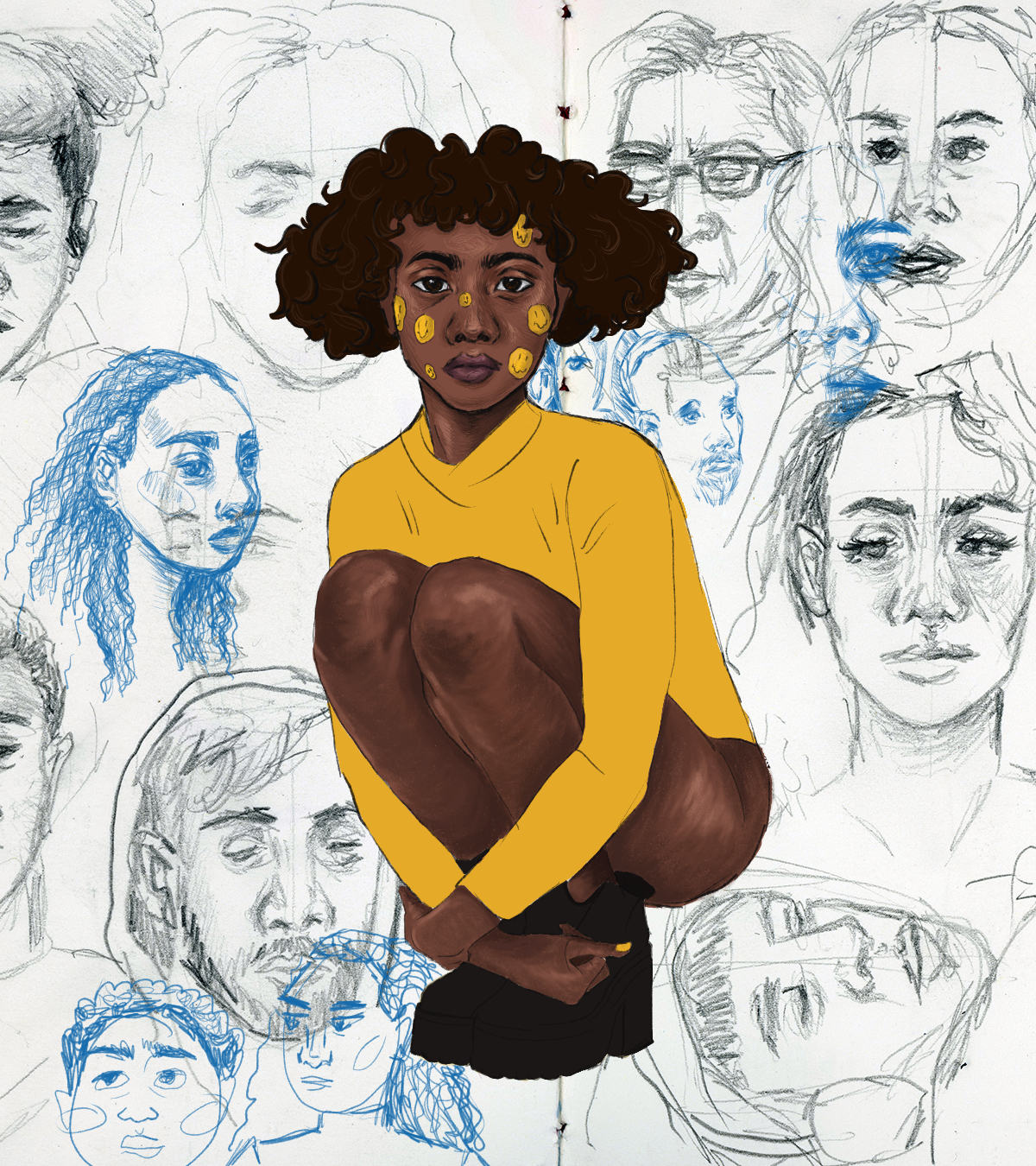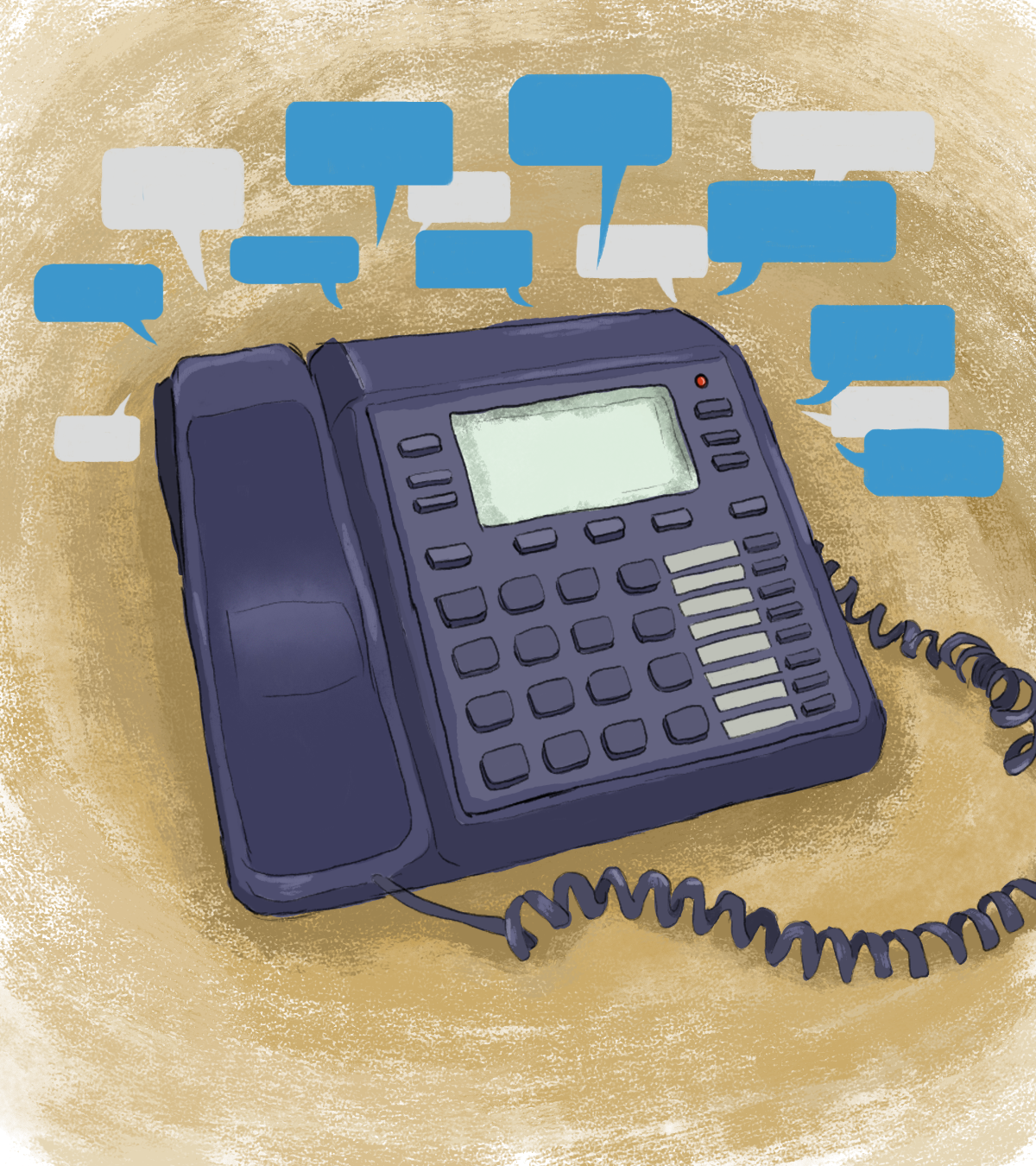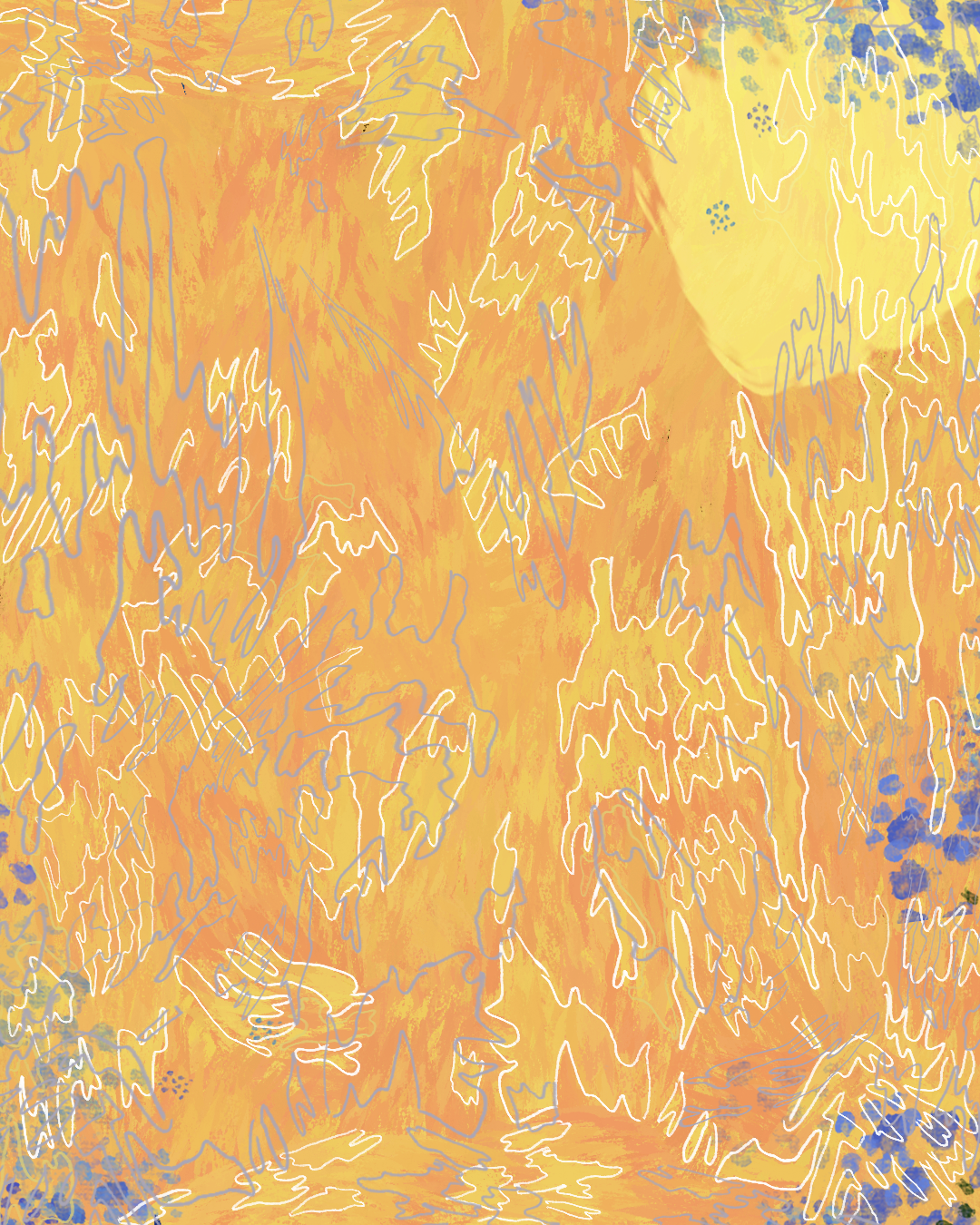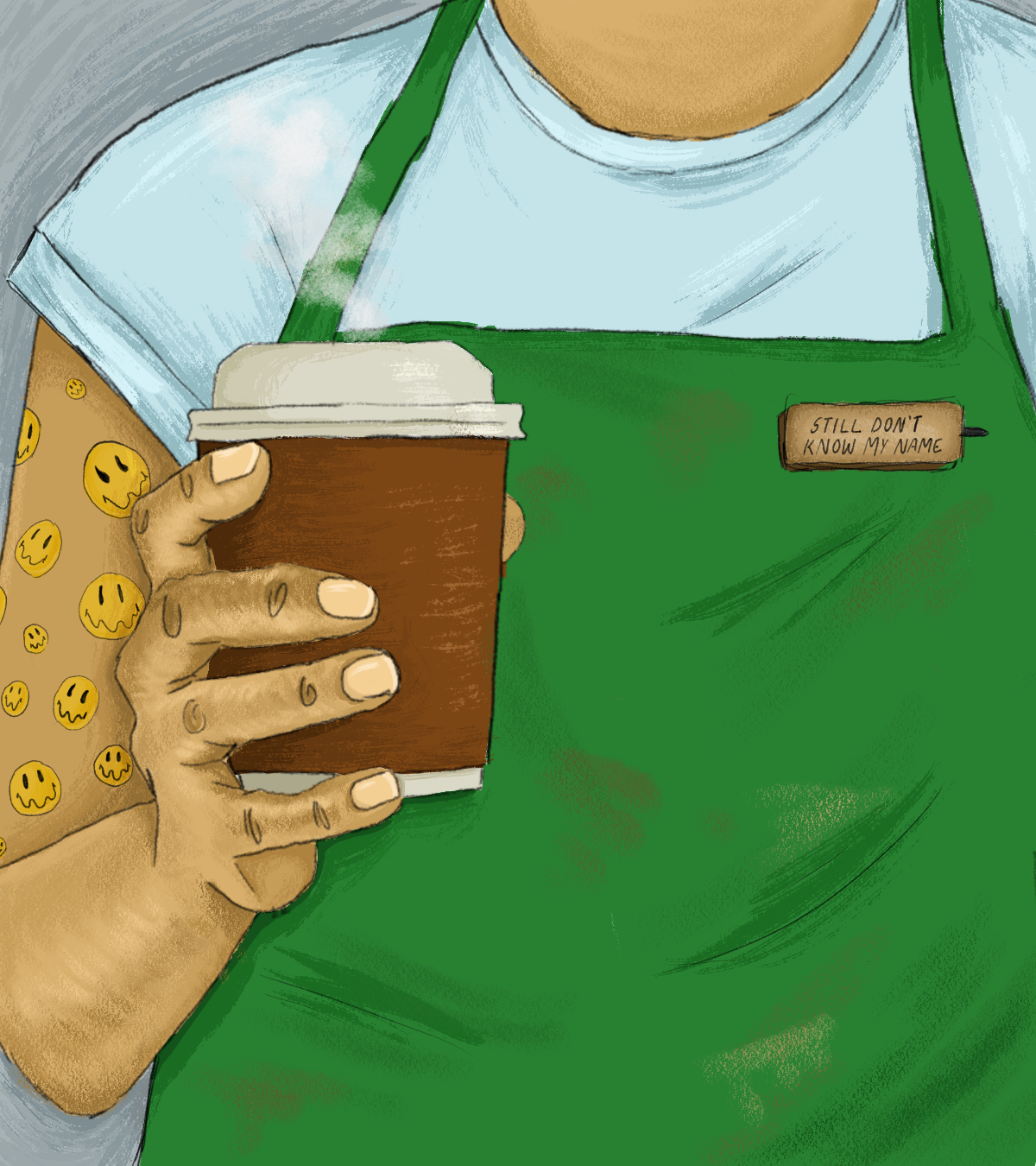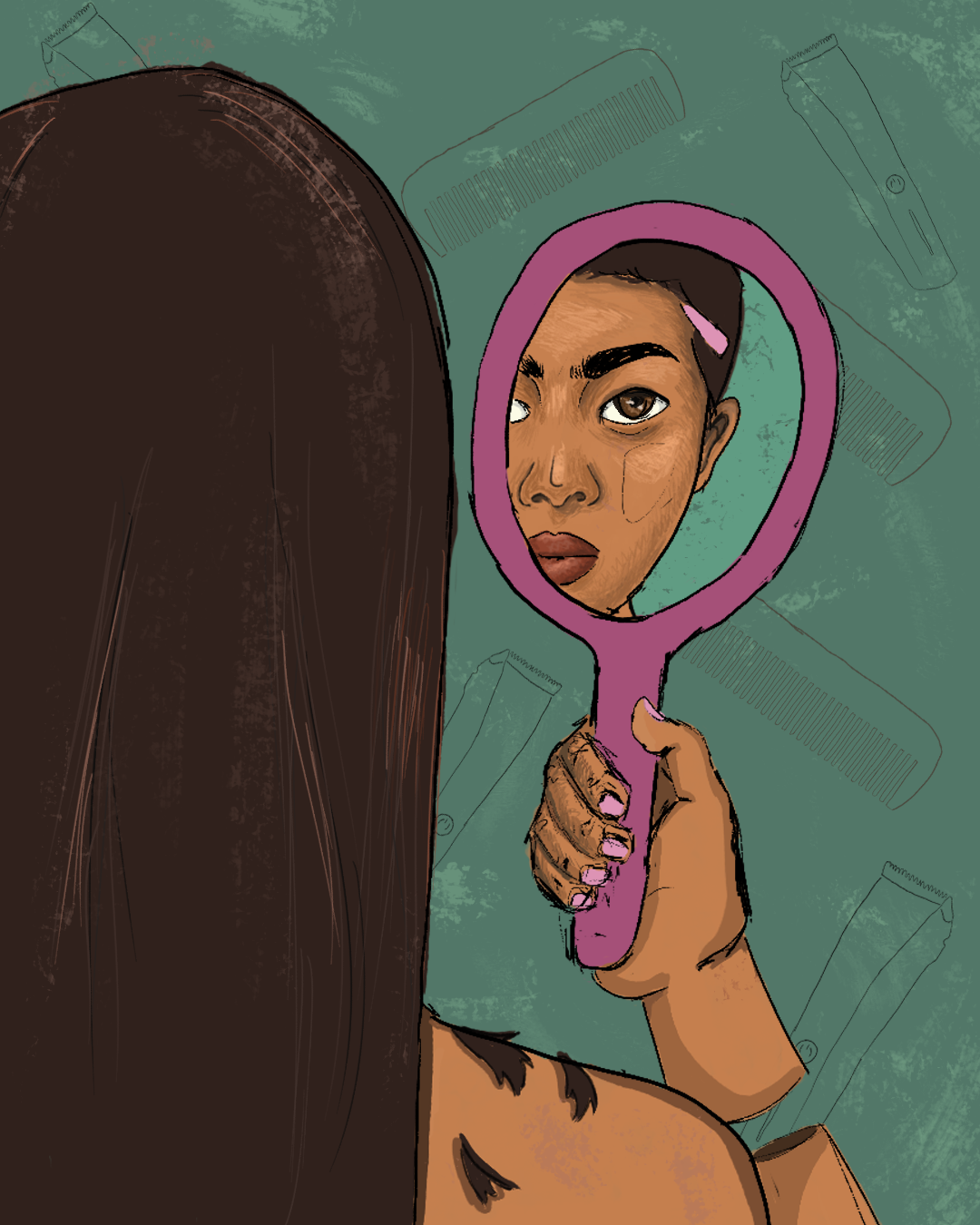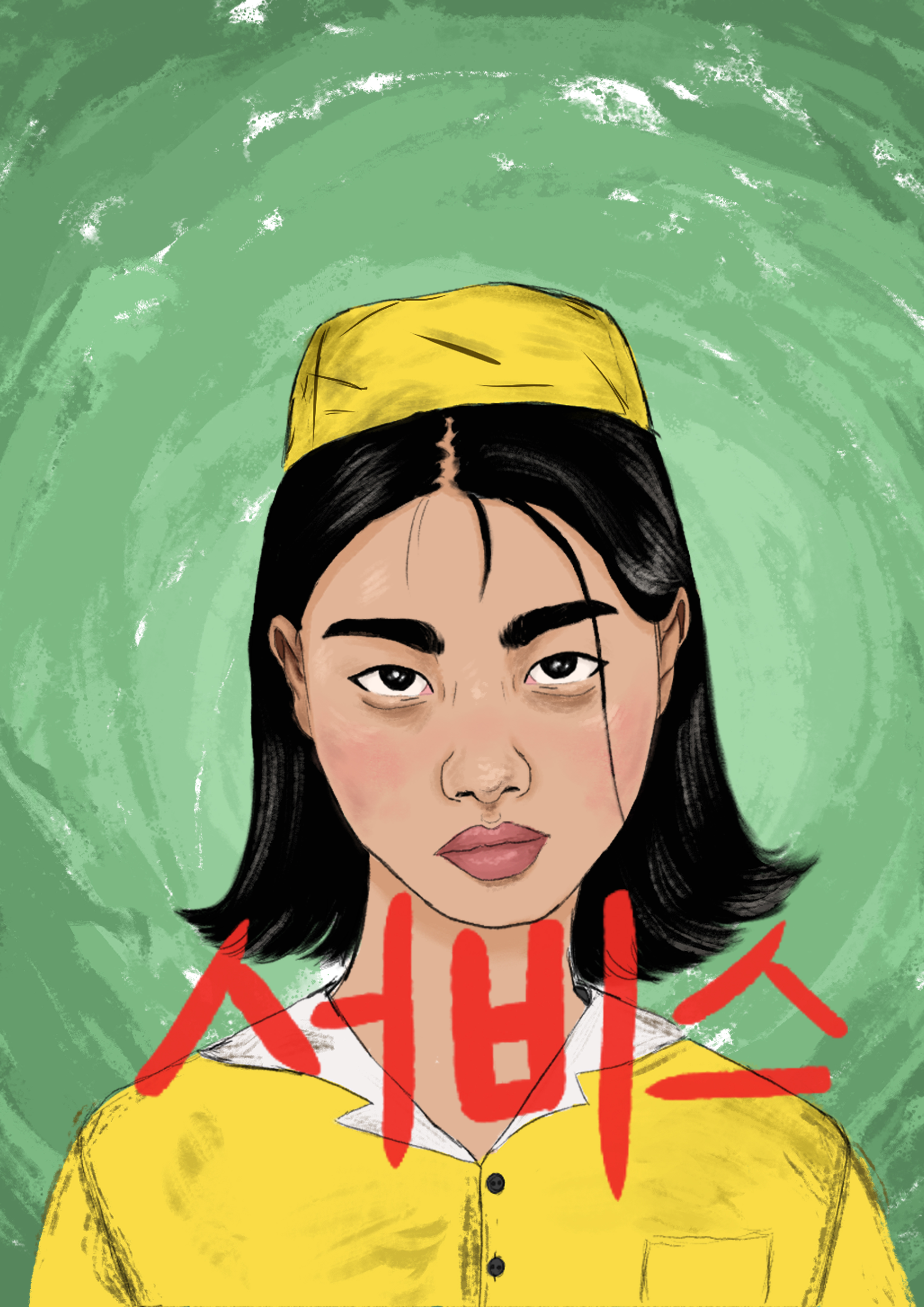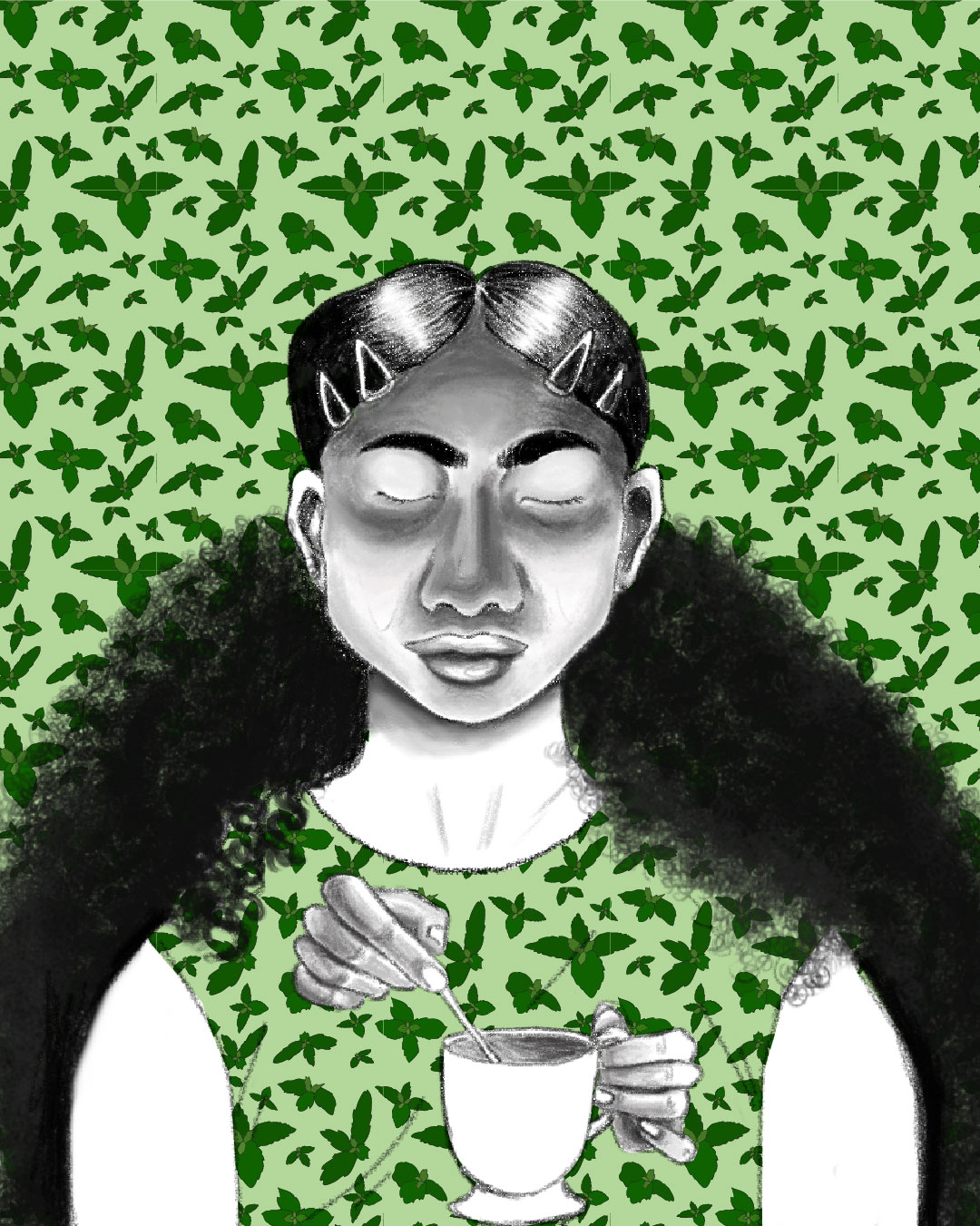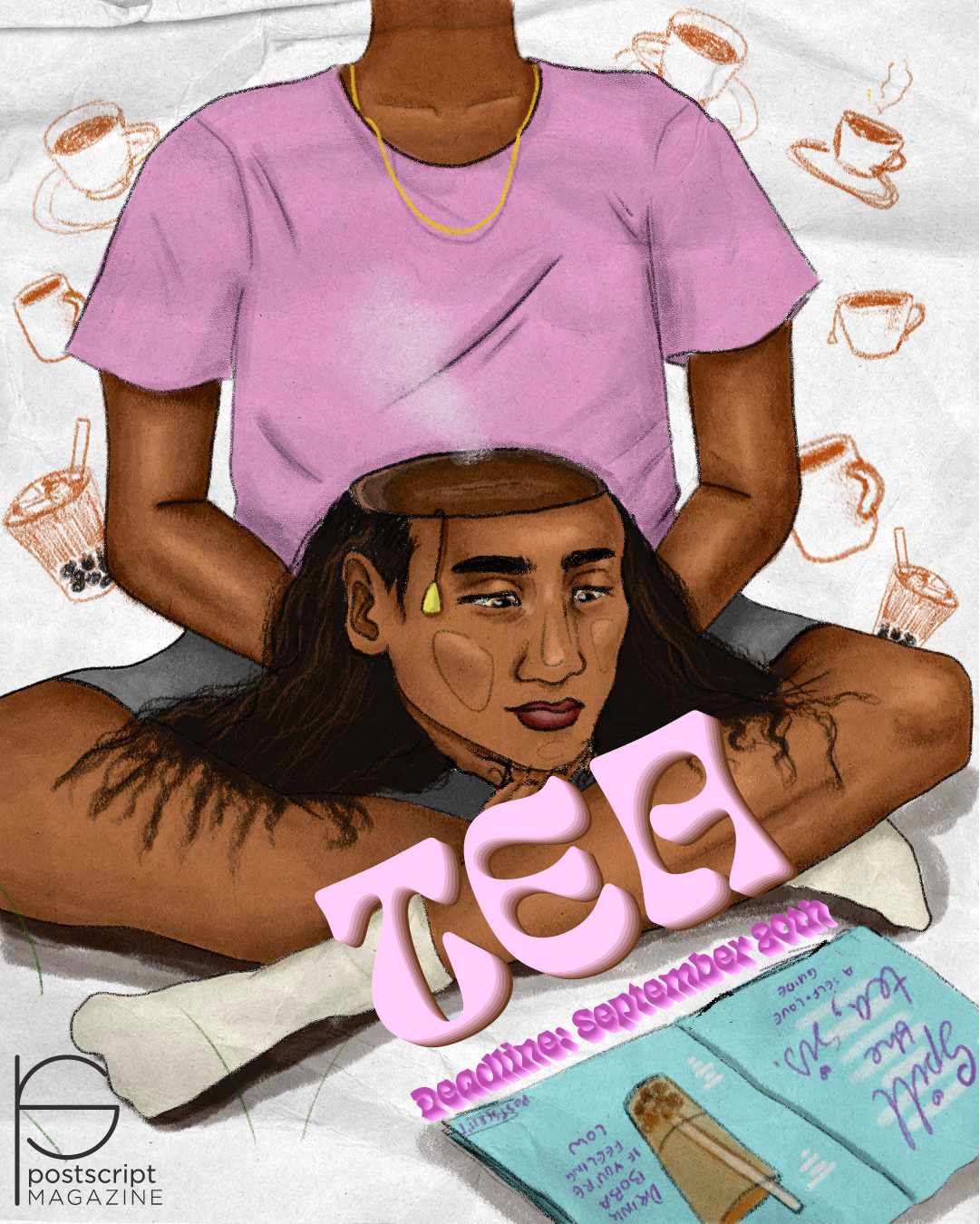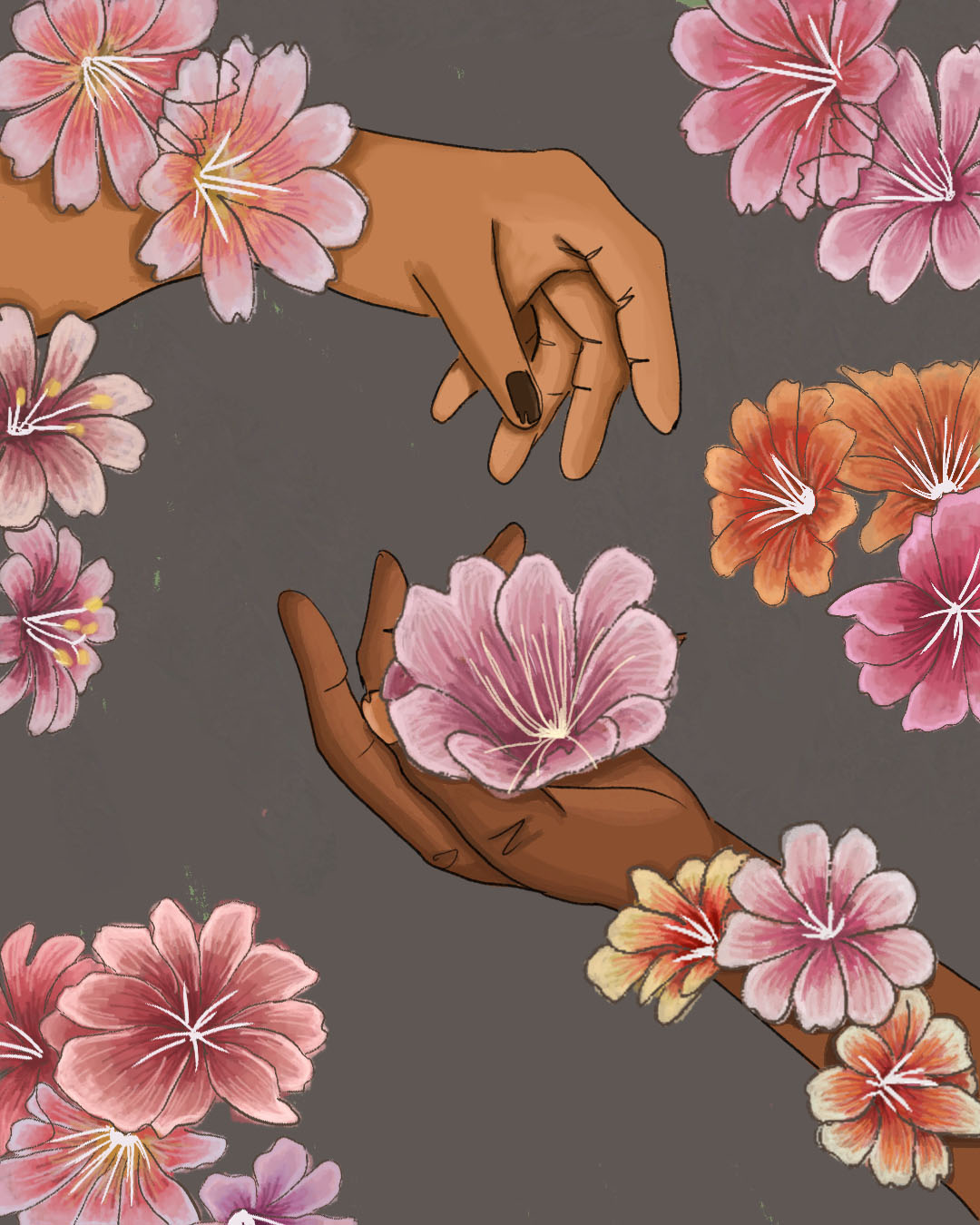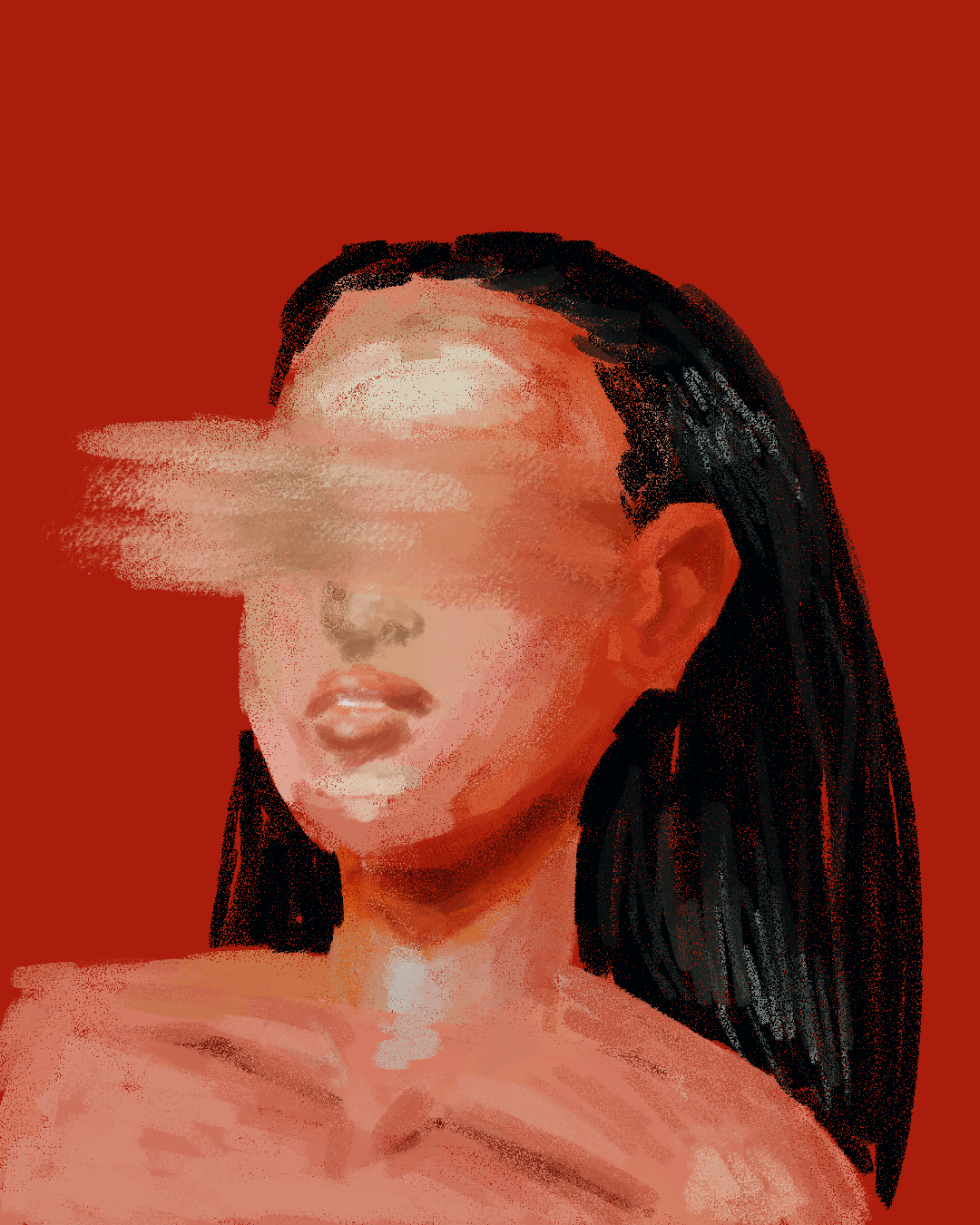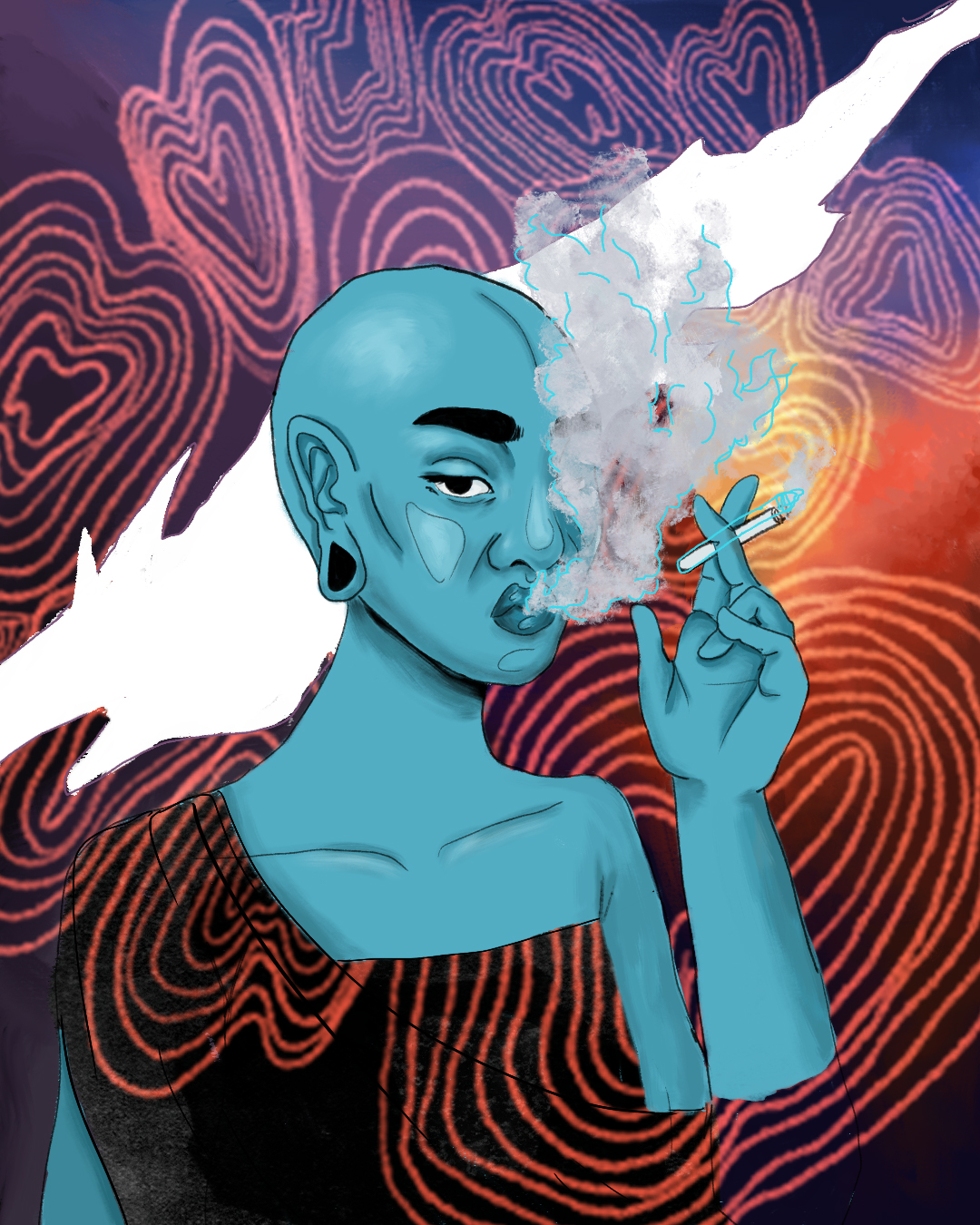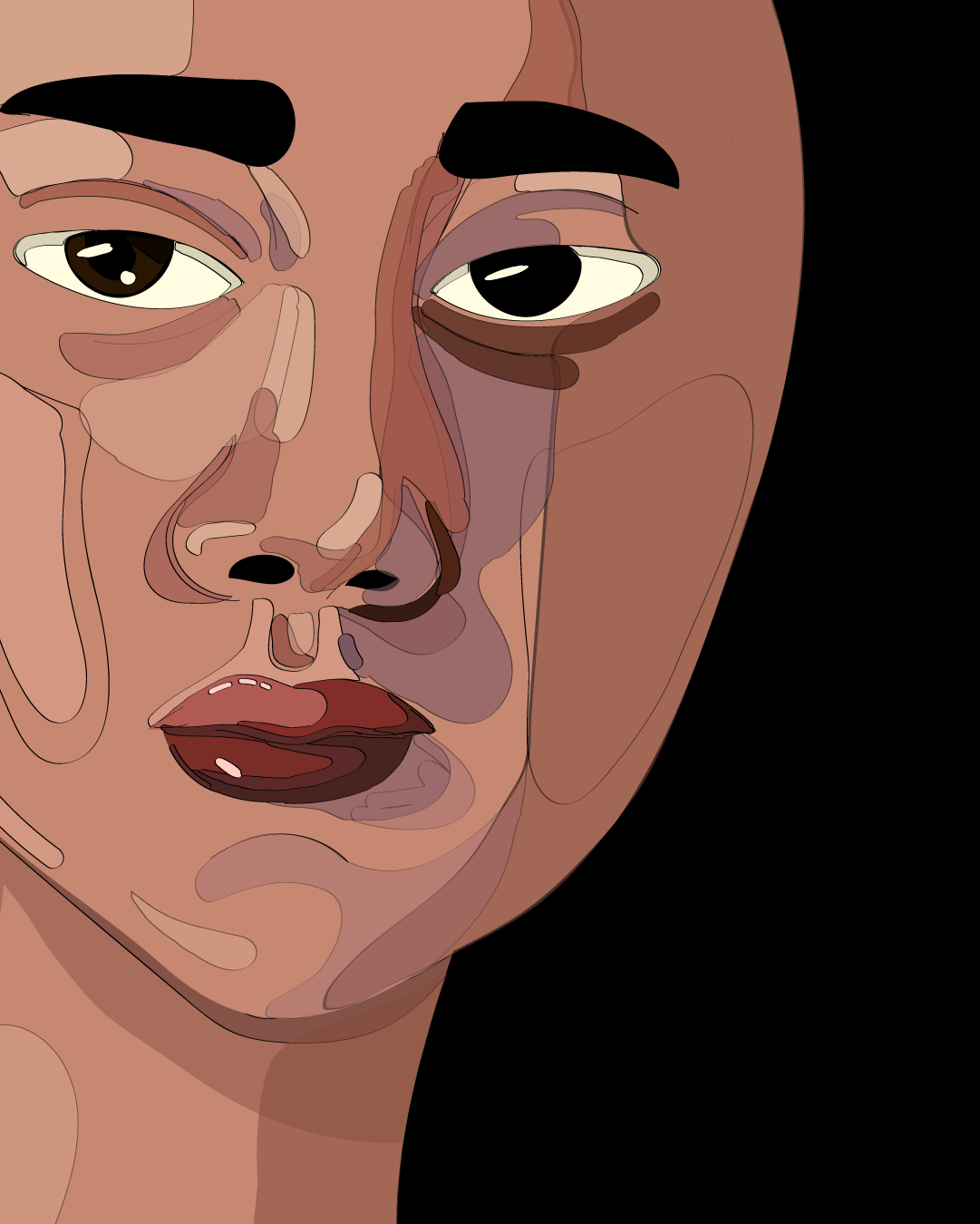Pattern Design
In my current practice, I’m constantly working with and designing patterns either for print or the screen. In order to visualize my artwork on a larger scale, I am combining my interest in 3D modeling to showcase my work in interior spaces. On this page, I share my design process from early sketches to experimentation and final renders.
All models are from Blenderkit creators unless otherwise stated.
All models are from Blenderkit creators unless otherwise stated.
Illustrations as Pattern



Commemorative Cloth
Inspiration and process
This piece was inspired by my grandmother’s dress which was passed down to my mother. The pattern is leteisi (shweshwe or German print), an indigo dye fabric that is traditional dress for the Tswana tribe. My grandmother proudly wore dresses and aprons in this print and I recreated this pattern for her commemorative cloth.

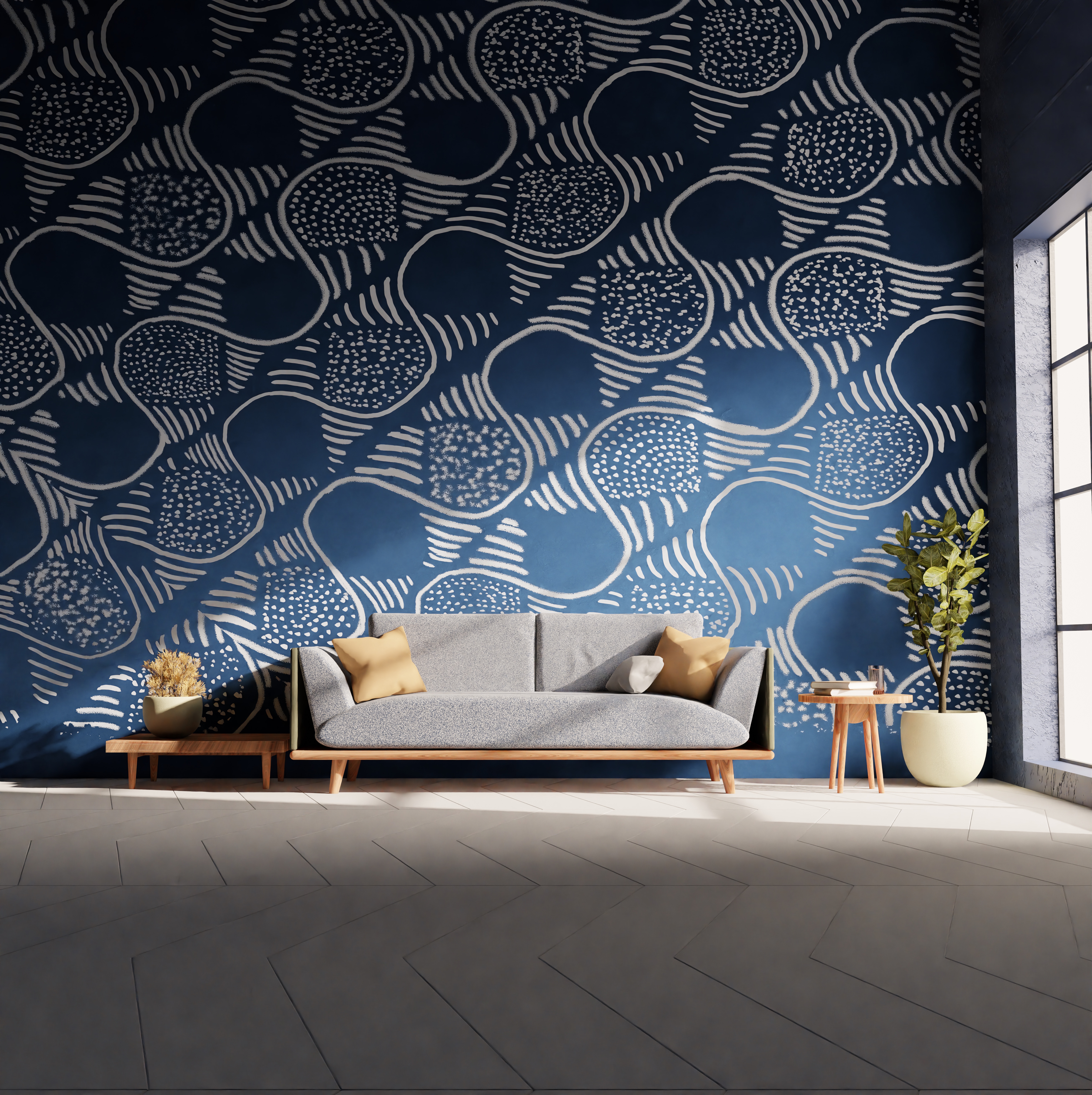
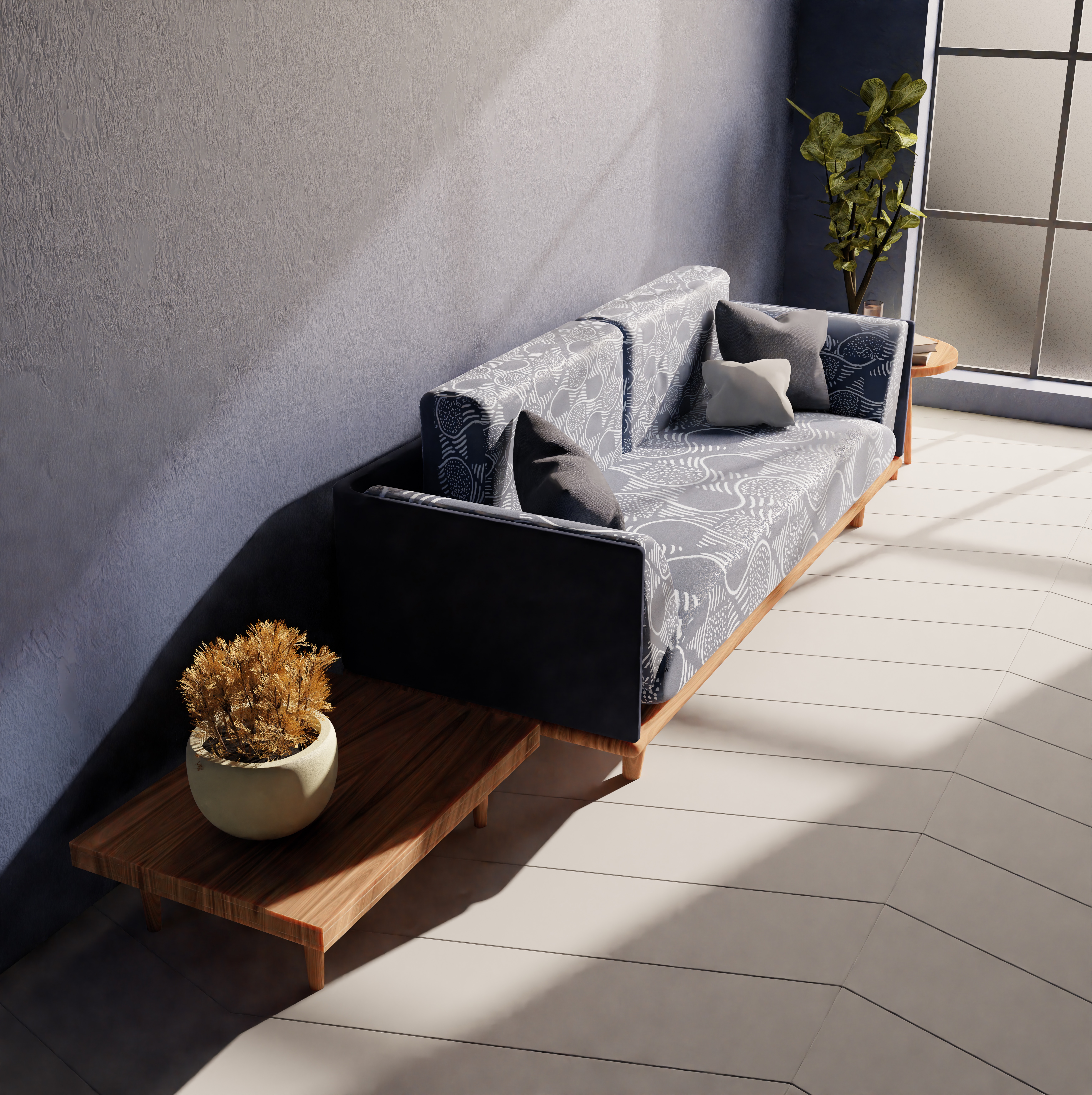
Hand-painted panel for ngano quilt
This quilt is an exploration in oral storytelling practiced in Shona culture. I wanted to create a story quilt channeling a traditional Shona folktale for my niece and nephew, who live in the UK. I was driven by the fact that they do not speak Shona, the language of their father - my cousin. Since my thesis is about endangered indigenous African languages and traditions, this quilt will serve as a way to preserve the Shona tradition from dying out on that side of my family. African folktales are often cautionary ones that end in a lesson or moral for the listeners (typically children) to absorb. Traditionally, Shona folktales (ngano), are told after dinner, accompanied by mbira (thumb piano) music. Most ngano revolve around animals, particularly the hare and baboon, who represent mischief and gullibility respectively.
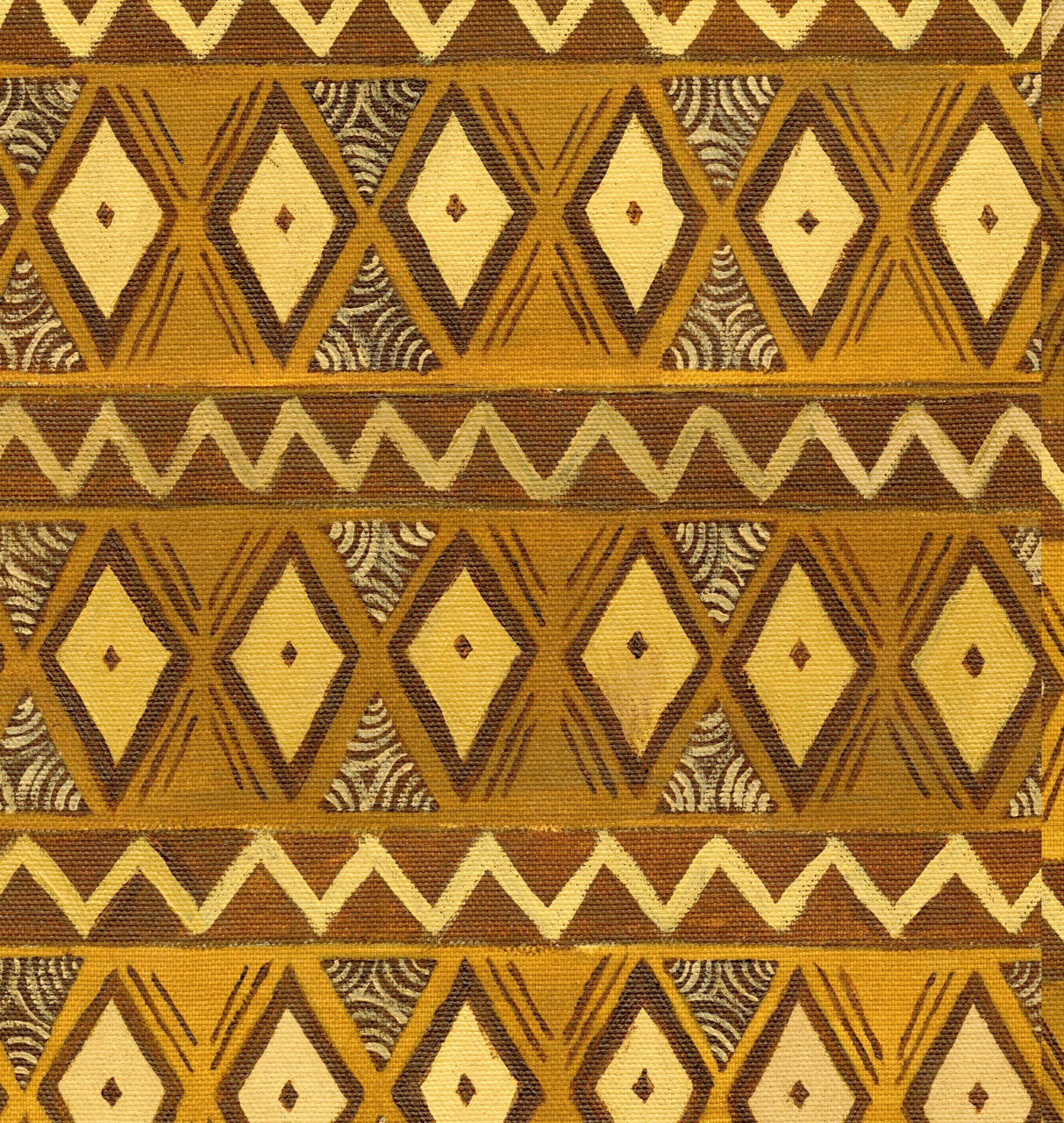



Inspiration and process






The pattern on the front side is inspired by the shared geometric pattern found in Shona headrests and Zulu traditional attire. This marries the respective cultures of their Shona and Zulu parents. The back pattern is drawings of Shona artifacts. For the central story, I did woodblock printing onto cotton.
I was mentored by Eliza Squibb, a textile artist and designer whose work uses textile design to address issues in global health equity. Through our discussions, she inspired me to make a two sided story quilt, with the visual narrative in the center surrounded by a repeat pattern. Through my research, I drew inspiration from Shona headrests, Zimbabwean kudhinda fabrics and Zulu beadwork. I want my niece and nephew to be physically wrapped in their heritage.
I was mentored by Eliza Squibb, a textile artist and designer whose work uses textile design to address issues in global health equity. Through our discussions, she inspired me to make a two sided story quilt, with the visual narrative in the center surrounded by a repeat pattern. Through my research, I drew inspiration from Shona headrests, Zimbabwean kudhinda fabrics and Zulu beadwork. I want my niece and nephew to be physically wrapped in their heritage.



New Muses Project
This is the first of two digital album covers I designed for the New Muses Project, an online database of lesser known classical composers from diverse backgrounds. Their first compilation album was released in 2022 featuring 8 composers.
The album can be streamed here.
The album can be streamed here.


Commemorative cloth
This particular project was extremely personal to me. I focused on the theme of memory and family. Referencing traditional African commemorative cloths, I created two digital large portraits of my grandparents, using iconography synonymous with their respective interests. The final pieces were printed on canvas fabric and silk, 34” x 57”.
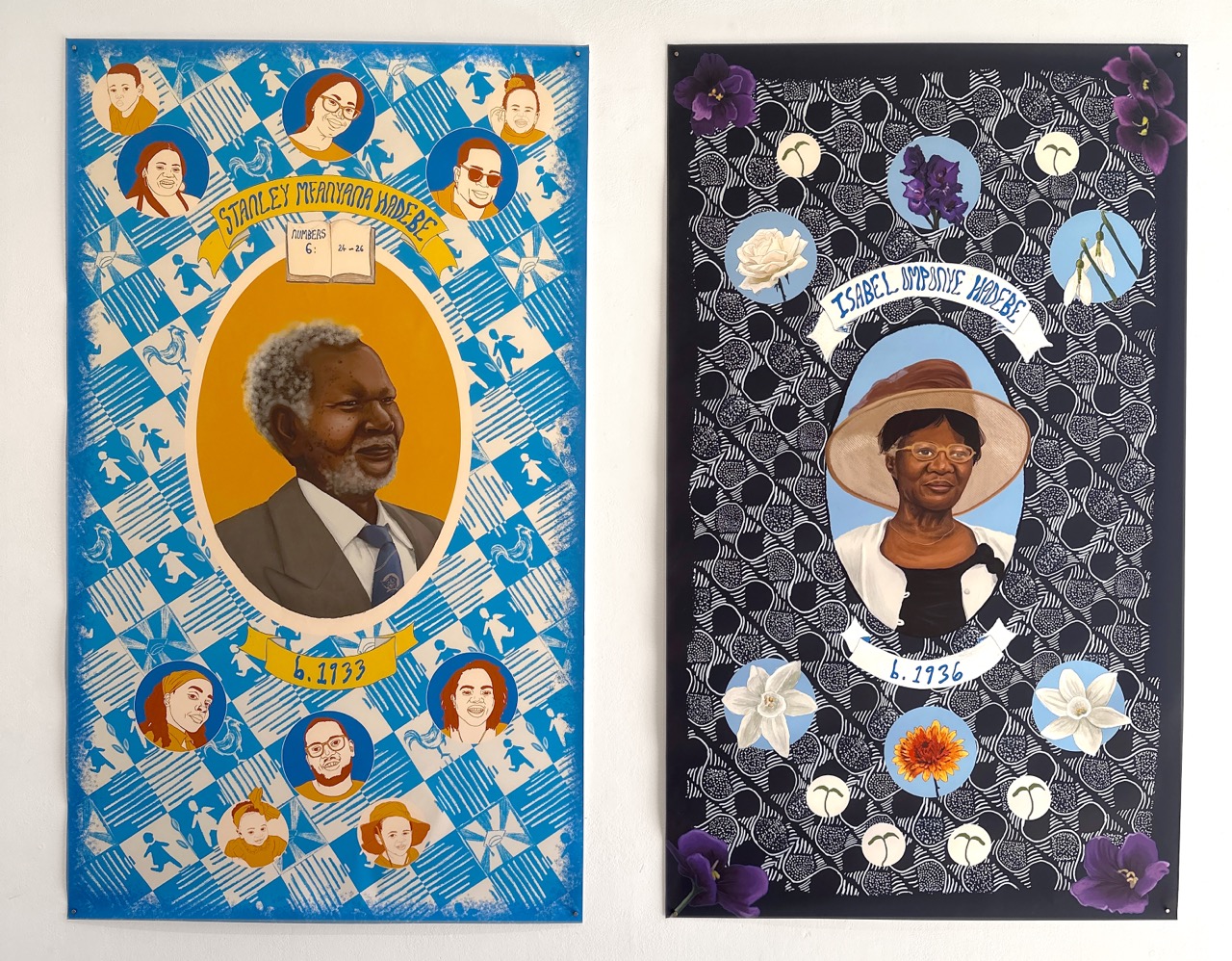


My late grandmother (gogo), is Motswana. The pattern used in her print is an interpretation of the actual pattern of her dress, which was passed onto my mother. Gogo always proudly wore garments made from traditional Motswana print (leteisi). Zimbabwe does not have a national pattern, which prompted me to create my own pattern for my khulu. The icons are inspired by things I associate with him: the SOS Children’s Village logo to represent his charity work, the lines reference the Zulu shield who our ancestors orginated from, the graduation cap represents his background as an educator and the rooster is a nod to how he always slipped me chicken skin after dinner as a child.


Bordering gogo’s portrait are a collection of flowers and corner flowers of African violets - her favorite flower. Each flower is the birth flower for each of my grandparents’ six children. The saplings represent the grandchildren: the budding generation in our family.
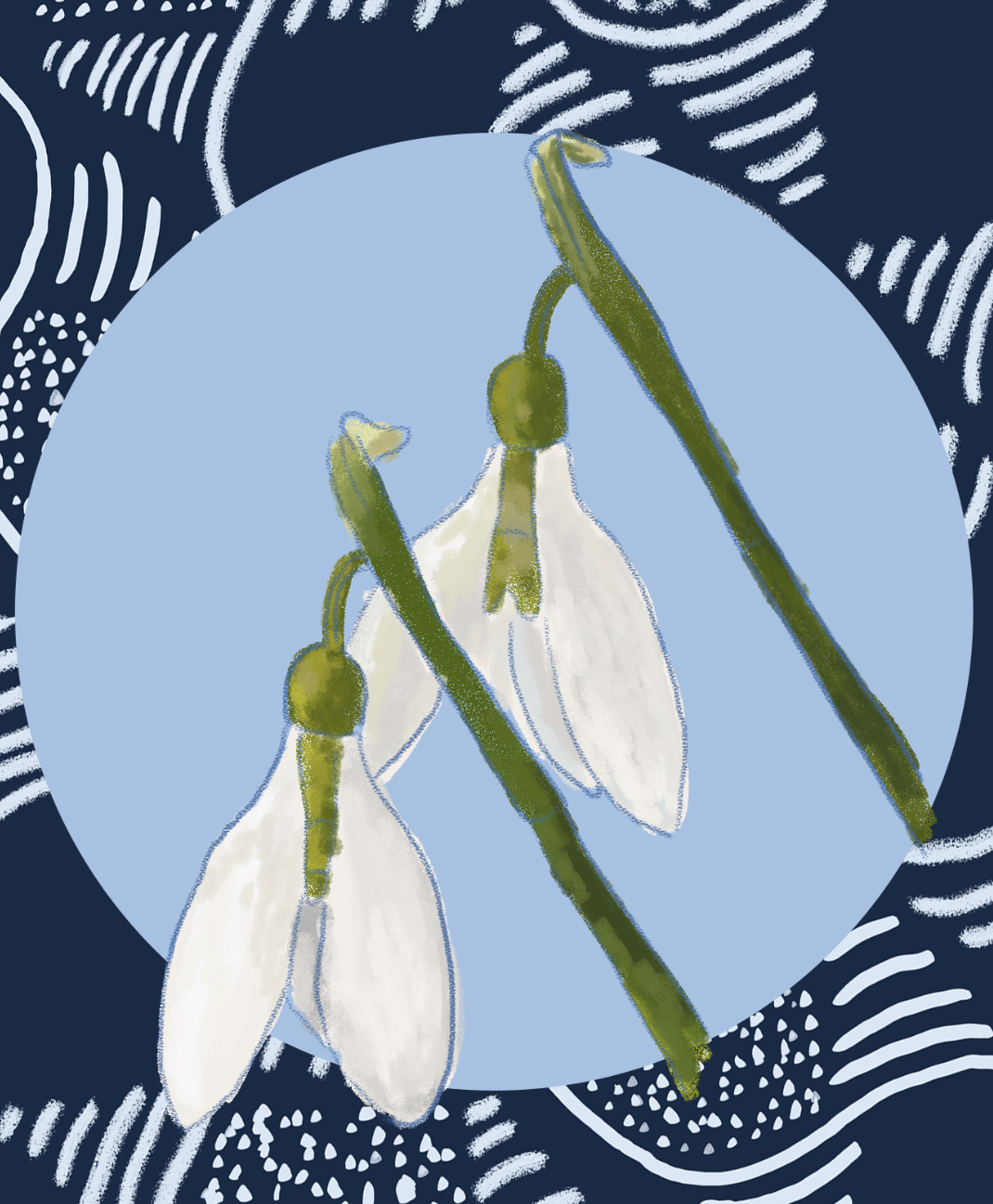





Siyalikhumbul’ekhaya

Siyalikhumbul'ekhaya means "we will remember home" in Zulu. This work is a 3D rendering and animation of my childhood home in Zimbabwe, which is also my grandparents’ home - 16 Veale Avenue. I recreated my home through fractured memories and images provided by family throughout the years. It was astonishing to see how starkly different my memory was of my home versus the newer photos my family provided. This highlighted the unreliability of memory in recounting spaces and events. Home holds my core memories of religion, fear, and love.
This project encompasses a semester-long exploration into my family history, compiling voice notes, and mbira(thumb piano) music. I asked my family to recount their memories of growing up at 16 Veale Avenue. Each family member is represented as cut out photos placed throughout the house like dolls. Whilst the voices fill the space in place of missing family members, their placement in the house cements the comfort of being at home.
This project encompasses a semester-long exploration into my family history, compiling voice notes, and mbira(thumb piano) music. I asked my family to recount their memories of growing up at 16 Veale Avenue. Each family member is represented as cut out photos placed throughout the house like dolls. Whilst the voices fill the space in place of missing family members, their placement in the house cements the comfort of being at home.




Postscript Magazine
In my current role as Visual Arts Editor, I create editorial illustrations on a monthly basis. It's a fun, challenging and somewhat daunting task to envision an image that perfectly captures a poem, article or op-Ed. Please do take a gander through some of my favourite pieces and gently tap to read the poetry. :)
24–09–2024

